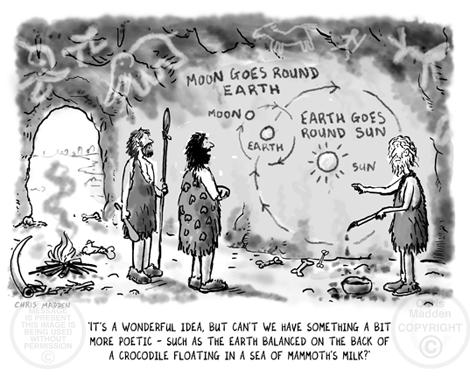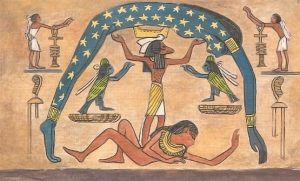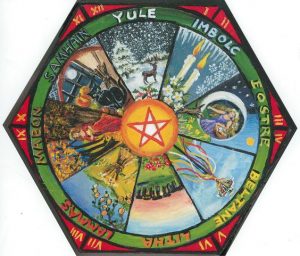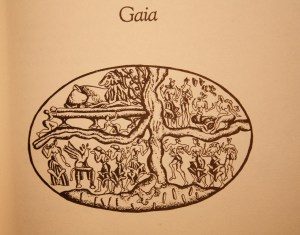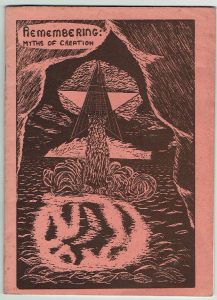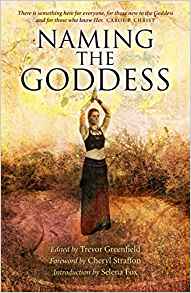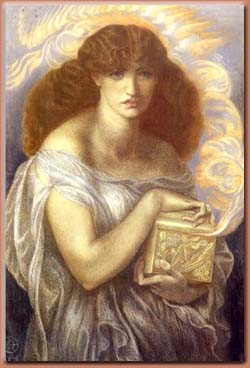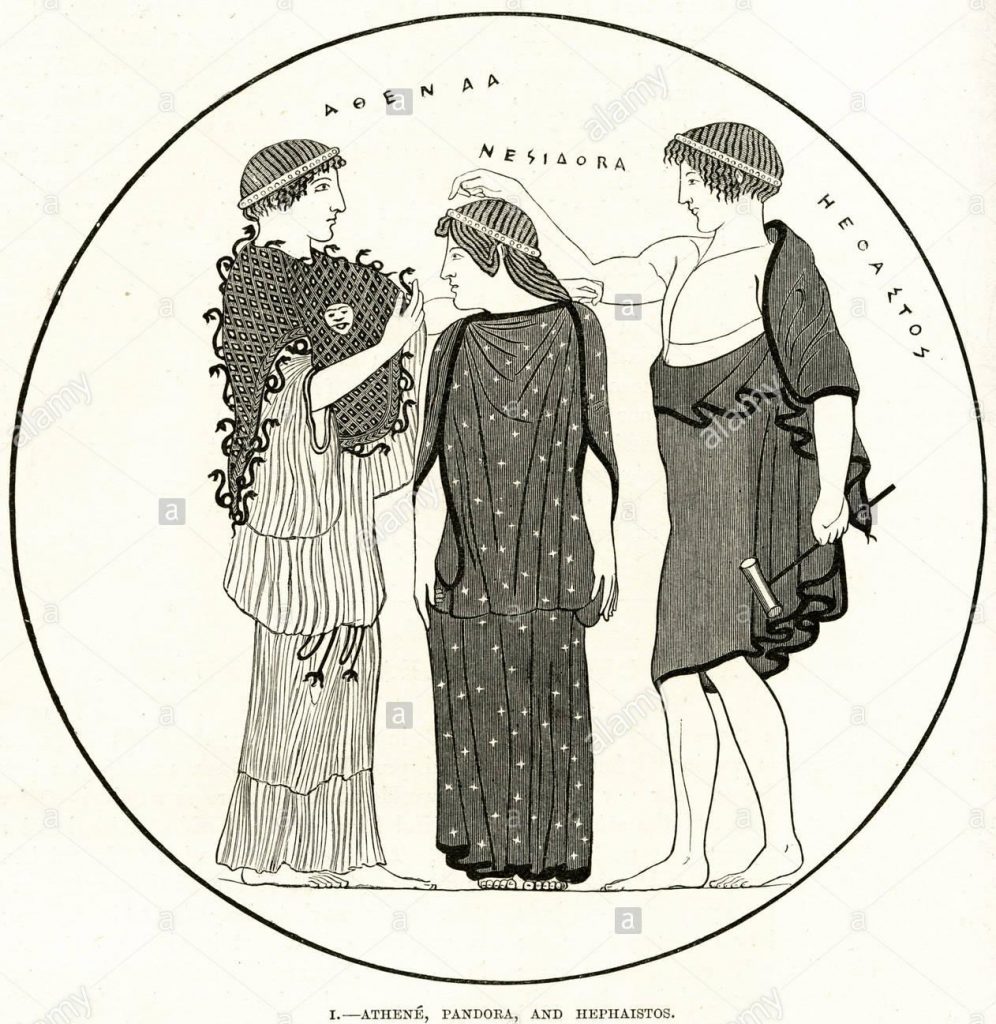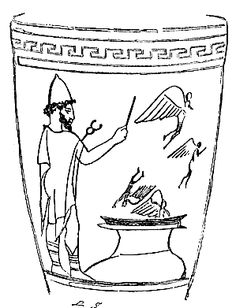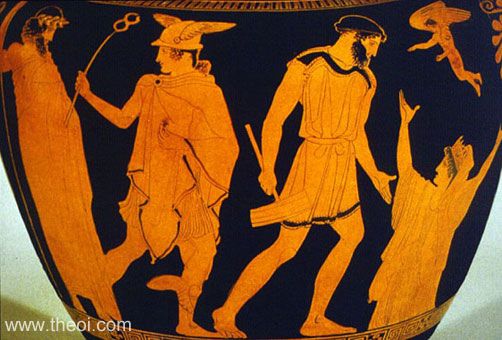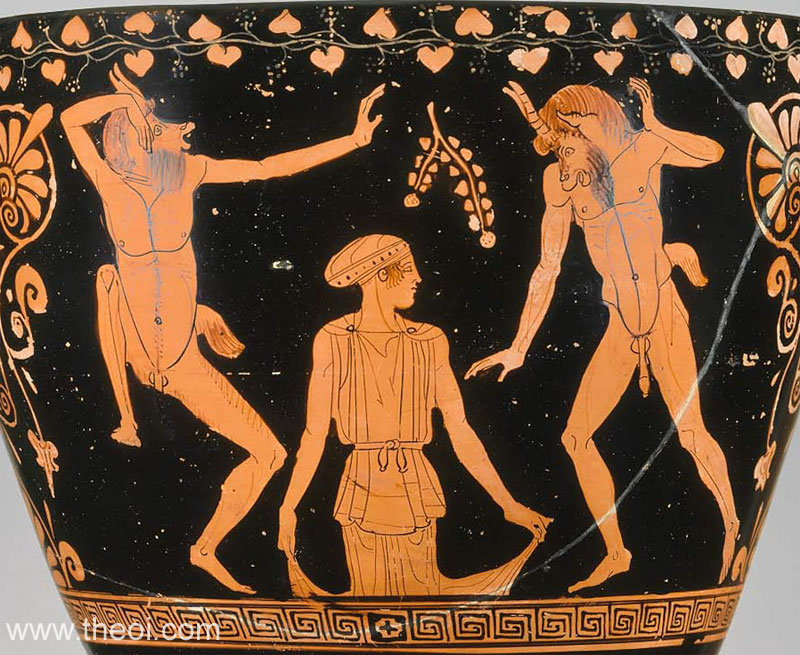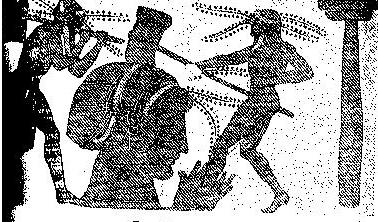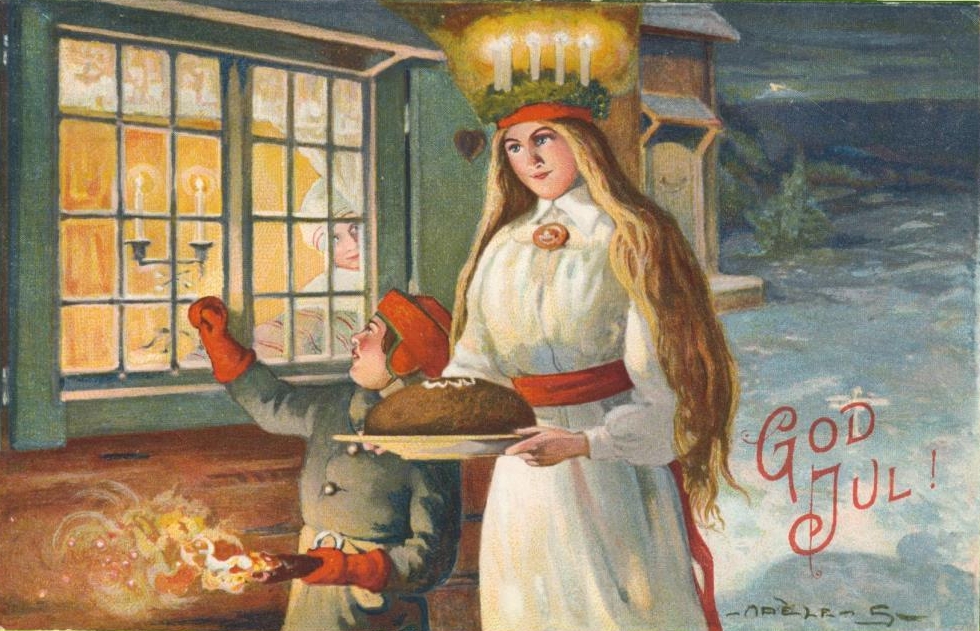A couple of years ago Avalonia Press were thinking of a publishing a collection of articles under this title. In case you don’t do Ancient Greek, the term basically means ‘going down’. It’s been used for all sorts of things including military retreat and visiting the seaside, but in spiritual context, it’s about going to the Underworld. Seems though that the project has been abandoned, so here is my contribution (slightly adapted – plus a few pictures, not that it was easy to find anything suitable). Not quite so many readers here perhaps, but spread it if you like it!
My grandmother, May, died in 1980, having started her life the previous century. Before her funeral, the local vicar came to visit. She had never been to his church, nor any other in my memory (except for a wedding or two) and never spoke of any Christian belief. He knew nothing of her character, nor of her life, which indeed had not been easy – crippled by polio at 16, widowed at 30 whilst pregnant with her second child. Nonetheless he drank a glass or two of whisky (to which May was partial!) and said a few platitudes about a wonderful generation. At the time I had been Pagan for but a few years, certainly had no experience of public celebrancy, yet I distinctly felt that I could do better, especially with whisky provided. I don’t remember anything significant of the subsequent cremation ‘service’.
It wasn’t long after that I found myself in rather more visible public Pagan leadership. In 1982 and 1983 I led the first open Pagan Circles of modern times at the Glastonbury Green Gatherings, organised by ‘Pagans Against Nukes’ (PAN). A few years after that, I was ordained in the Fellowship of Isis (I use my title of ‘Reverend’ for official purposes) , and although most of the FoI priesthood work semi-privately, my interest was always in public ministry. During the 1990s I was chair of the Pagan Hospice and Funeral Trust. More recently, I did a five-year stretch as Pagan Prison Chaplain in the various prisons of Wales.
And I’ve got older, as we do. Seems to be a lot more funerals to attend than weddings. There’s been elderly relatives as would be expected, but also youngsters through accidents and alcoholism, and far too many dear friends, mostly of cancer, but sometimes also by their own hand. When I was a prison chaplain, one of the men I worked with managed, despite being supposedly in ‘safer custody’, to hang himself (in a previous attempt he cut his own throat but didn’t quite manage to die). I can’t quite say that Death is a constant companion, but it’s starting to get that way.
In my involvement at sundry funerals, I suspect that I was usually the only person who bothered to listen to what the celebrant actually said. My feeling has been, overwhelmingly, that the more ‘conventional’ (closely correlating with ‘Christian’) the funeral, the more unsatisfying it has been, not just for me – I’m certainly ‘biased’ – but for everyone concerned. Contrariwise, the more unusual, even wacky, events had much better psycho-spiritual effects. People seem to have gone through all the standard rigmaroles not from any real choice, but rather under the belief that no other options were permitted. The term ’empty ritual’ has been entirely appropriate to describe these events.
I’m the sort of person cursed to think about all this, rather than being someone who just accepts ‘normality’. It seems to me that there are three modes of problem in conventional funerals. Firstly that of ‘doctrine’ – what we say of death, its nature and meaning. Secondly, that of ‘praxis’ – what we actually do at these events. Thirdly, that of ‘culture’ – the context in which they take place. I believe that we should challenge all of these, as best we are able.

So what does happen after death? It’s easy to say that none of us knows for sure, in the sense of something provable to the extent of being acceptable to ‘science’. Be that as it may, we all want to know. The dominant view in our culture (I mean ‘British’ and ‘White European’, that being what I am) is that of ‘scientific materialism’, which not only says that death is the final end of life, but further that life itself is no more than an ‘epiphenomenon’, that is, a secondary effect, of chemical reactions. Likewise our consciousness and all sense of individual identity and meaning, not to mention anything as silly as Love. For scientific materialism, Life Has No Meaning. Indeed, with such a view, it would be fair to describe any (and anyone’s) life as a waste of time – the whole Universe, thirteen thousand million years since the ‘Big Bang’ then indeed an utter Waste of Time, no more than atoms and stuff whizzing around entirely pointlessly. Not exactly a comforting perspective for the bereaved, but for scientific materialists, comfort is just as meaningless as everything else.
Our culture is almost entirely devoid of spiritual guidance in the matter of death, and this is the demonstrable failure of the Christian religions. Their own teaching is somewhat confused. Most folk think of the ‘religious view’ as involving a ‘soul’ separating from the body, arriving at ‘Pearly Gates’; bad guys (never ourselves) cast into eternal damnation, and so on. Yet actually, this idea of soul-separation is derived from Pagan concepts (first documented, as I understand, by Plato). The (arguably) ‘proper’ Christian belief is that a ‘soul’ simply ‘sleeps’ after death (that’s why their headstones say ‘Rest In Peace’) with the possibility of bodily resurrection after the ‘Second Coming of Christ’. (In a nice new, young, fit and beautiful, but presumably asexual, body – no need to worry about cremation, rot, cannibalism or other complications.) The Church of England ceremony uses the somewhat bizarre phrase ‘in sure and certain hope of the resurrection to eternal life’. Not many people comprehend this at all – sounds like oxymoron, meaningless. If it’s ‘sure and certain’ how can it be at the same time a ‘hope’? (Unless the hope is not to be damned eternally.) The only way for the phrase to make sense is for it to be the hoping that’s ‘sure and certain’, rather than what is hoped for. I can’t see how this is in any way comforting for anyone who actually thinks about the words.
I don’t have any experience of funerals in Jewish and Muslim traditions, nor much idea what their ordinary adherents believe about death. I suspect though, that all of the Abrahamic religions have much the same sort of problem in their notion of (frequently brief) ‘once for all’ life, followed by eternity, all too often of unpleasant experience. Faith in ‘pie in the sky when you die’ falls away very easily nowadays so that all that is left is the abyss of scientific materialism.
It seems to me therefore that there is a real need for Pagans to present a different doctrine as to the nature of death – indeed to do so not only in brief at a funeral ceremony, but in the wider culture that is, I assert, in deep and real need of our understanding. But what should that be? Trying to get more than two Pagans to agree as to any point of ‘doctrine ‘is notoriously difficult. (Please note that I use the term ‘Pagan’ to include a very wide range of folk: basically everyone who isn’t Abrahamic or imitating them; not just ‘Western Pagans’ but also the many indigenous traditions, who actually greatly outnumber WPs.) As an actual celebrant and priest, it is all too necessary to talk about these beliefs with the bereaved. My experience is that Pagans (here I do mean WPs) are often a bit vague about it all. Death doesn’t take a central place for us as some say it did for those of ancient Egypt (a very arguable idea indeed!). A large proportion of WP folk are indeed still in a younger demographic than ‘Second Wave Pagans’ like myself, and actuality of death has barely started to be present in their lives. Few of us have made the Journey to the Land of the Ancestors, and those that have don’t necessarily teach ‘doctrine’. Nor is the knowledge of that Journey necessarily the Whole Truth.We do have the tradition of that Journey though – our shamans have spoken of it for thousands of years. Pagans can easily be blasé about death – saying things like “it’s just a doorway we go through into a new phase of being”. True as this may be, Death always still comes as a shock.

In actually presenting a serious doctrine of the soul, one is actually quite at odds with conventional concepts, in which the funeral is a “celebration of the loved one’s life” and “comfort for the bereaved”. The former all too easily becomes an assertion that there is nothing further or relevance for the dead person; the latter an admission of meaninglessness. My experience has been that the presentation of Pagan doctrine has been listened to and appreciated by the bereaved. What you get from me (unless prior disagreement expressed) is a sort of composite, or overview, of teachings drawn from multiple traditions – it appears to me that individual traditions tend to stress just one aspect of a greater whole. The basic idea then is of three ‘souls’ (or parts, or layers of soul). The first of these is the ‘body soul’ – that which maintains our body’s physical integrity during life, and its identity through the complete physical body changes of life. The second soul is the’personality soul’, something that can exist indefinitely in non-physical form. The third may be called the ‘deep soul’. It is the body soul that actually ‘dies’. Its being is dispersed at death into the greater soul-stuff of Mother Earth. Although this is arguably the least important of the souls, it really does matter. It is a real part of the person – a body soul is fundamentally necessary for mortal existence. It is only through the body soul that other people are able to make contact with the personality and deep souls of the person we loved. So the death of this soul is a real loss, deserving of grief, not to be glossed over. Nonetheless, that’s not it. The personality soul is that which travels to Summerland / Tir na nOg / Amenti / Elysian Fields / Valholl (or as culturally appropriate). It is these souls that we encounter when invoking, meeting, or otherwise being aided by, the Ancestors. The deep soul is that which may reincarnate at some future point.
The materialist view is that the person who has died no longer has any needs to be addressed. Things are not so simple. You may not be aware that until the 1914-18 World War, Christians (or rather, the Church of England, since this was one of the issues in the Protestant Schism) did not ‘pray for the dead’. Firstly, it was considered unnecessary (and as noted above, soul-separation is not the fundamental Christian belief). But further, such prayer was considered to be ‘cheating’, unfair interference for advantage in the process of proper divine judgement. The C of E could not maintain its line in the face of unprecedented casualties and overwhelming public grief, in the context of a mode of war that often left no coherent bodies for burial. The public moved to Spiritualism in considerable numbers.
Sadly, it’s not just dying that can be difficult: being dead is not always so easy. We know that many people die suddenly, not just by random accident, but all too frequently as a result of extreme violence and trauma. (In much of the world, such death may well be more likely than something peaceful.) Were these folk to have recovered from the event, we would readily understand that they might have experienced some form of ‘soul loss’ not easily or quickly remedied. That sort of loss may be mostly in the body soul, but not wholly. That is, the dead person may continue to be ‘injured’ after death. You may well also be aware of the ‘five stages of dying’ as discussed by Elizabeth Kubler-Ross and others. So what do you think happens when physical death occurs in stages of ‘denial’ or ‘anger’? More generally, any of us can die still holding grudges to those who hurt us in life, as well as holding on to loving attachments that involve more than the body soul. All of these scenarios may plausibly make it more difficult for the deceased (personality + deep) soul(s) to ‘move on’.
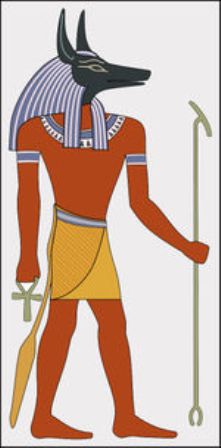
There is perhaps a limit as to what can be achieved at a funeral. These events are not places for real shamanic psychopomp work, if that is needed. Nonetheless, it is right to address the dead person and assume that they can hear us, as a fundamental part of the ceremony. We may indeed need to tell them they really are dead. We need to tell them that it is right for them to let go of the living, of both the loved and the loathed. The Love that is part of the personality and deep souls will abide beyond death. The dead must set their feet on the Road. The Journey has been described by various of our Pagan traditions, but I am strongly inclined to think that despite the stories of monsters and other unpleasantness, actually it’s not usually so difficult for those who are indeed dead – the problems are for those of the living that walk that Path, and want to return. We can call to the dead person’s aid those Spirits that guide the dead, whether they be of the Ancestors or the Shining Ones, in sure knowledge that one will come.
Moving on to the problems of praxis, of what we actually do at a funeral rite, it seems to me that almost every aspect of conventional practice fails to meet the needs of all involved. Customary procedures are largely as established in Victorian times. There are limits to what can be done, but if indeed everything ‘normal’ is wrong, then one may think in terms of subverting anything that can be – if in doubt consider doing the opposite! One’s actions as a celebrant must be subject to proper respect for the principal mourners, and discussed in advance, but congregations rarely heckle the celebrant, and will usually do as they are asked.
One of the most basic problems is the brevity of most funeral rites. About two-thirds of people in the UK are cremated after death – a standard cremation ceremony allows mourners a mere half-hour, plus a few minutes for entrance and exit. Sometimes for sure, this will be all that the bereaved can cope with, but more generally, my experience is that it is totally inadequate. There are not many options here: for a price, crematoria can sometimes book a double slot. A better option for Pagans generally would be to go for green / woodland burial, which is widely available. As well as giving the mourners a closer contact to Mother Earth, Who can absorb pain as well as recycle bodily remains, ceremony time is rather less likely to be restricted. (But it may not be an accessible option for mobility-impaired or elderly folk.)
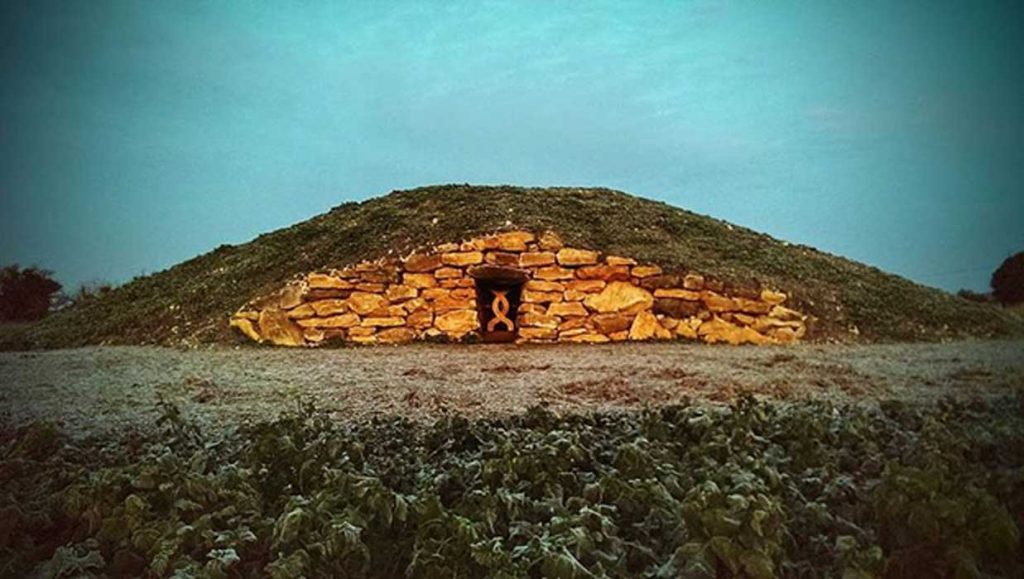
A different option would be to go for two separate events. That is, to make the cremation or burial ceremony private and minimal and to have a separate memorial for wider family, friends and public. This has the further advantage of allowing the former to be ‘downbeat’, focused on death and loss, whilst the latter can be ‘upbeat’, a celebration of life and indeed of what lies beyond it. It generally seems quite difficult to combine both these aspects in a single funeral ceremony, especially a brief one, yet this is what mourners generally would wish to do. In a conventional ceremony, there is very little involvement of the mourners – they just sit there and do as they are told, listening to (or perhaps more often, ignoring) the celebrant. Their involvement comes later, at the wake / refreshments – only then do they open up and speak, sharing memories of the dead person to one another, but less widely than they might. So my suggestion would be to combine the memorial and wake, let them segue from one to the other, at a location where there is no time pressure. Such an event seems to provide all participants with a much greater level of ‘completion’, Indeed, a few years ago we managed this for the funeral of my own mother, Audrey May. That was in Santa Cruz, California, where fashions are a bit different. She was actually cremated the day before the memorial – but rather than the very sanitised procedure usual in the UK, there were just four of us escorting her right to the actual furnace. We all held down the big red button until the fires were fully operative. There isn’t much to trump the overwhelming physical finality of this.
More recently, I attended the funeral (not as celebrant) of a friend who was a leading activist in Extinction Rebellion. A procession took him to the burial place on his own land. We drank real champagne (one of his last requests) to his memory. I was privileged to have been one of those who shoveled the earth back over his shrouded body – another deeply physical experience. After just a little while, everyone gathered in the nearby village hall where we grounded ourselves with the shared food everyone had brought and then sat together as folk spoke of his life’s achievements and their love for him.
A crematorium chapel will have seats fixed in rows, whereas Pagans like Circles. Still, it is possible to ask those present to join hands in invocation of Sacred Space. (I generally suggest linking little fingers since this is minimal enough to overcome contact reluctance, but still provides a physical expression of solidarity amongst the mourners, and I’ve found that people unused to such things are still quite happy with the idea.) I’ve tried a couple other ‘different’ procedures that seem to have worked well. You’ll know how those closest to the dead person often struggle to speak at a funeral ceremony, to the point of collapsing in tearful mess. I now have a ‘black robe’ that I wrap around a family speaker – for me this is the mourning robe of Isis and Nephthys, Goddesses who understand mourning, whose wings can enfold the grieving person and give them strength to speak as they would want to honour the dead person. Another simple practice that has worked well has been for everyone present to tie a ribbon to the coffin in expression of their final blessing or wish for the deceased. (Unless there are very few present, people need to be told to ‘multi-tie’, not to queue.) With some good Pagan music, this actively involves the mourners – though minimal in itself, that’s still very different from doing nothing at all – and it breaks the tendency (which is exacerbated by us not singing horrid hymns) to slide into celebrant’s monologue.
If possible, one can also take the ceremony into deeper places than would conventionally happen. So far I have two guided meditations that seem right. One has people accompanying the dead person on their final journey to the place of ‘crossing-over’ where they must bid farewell. (This draws rather from Ursula Le Guin’s vision of the low wall, so easily stepped over, that separates the land of the Living from that of the Dead. Another involves invocation of the presence of the dead person – sitting in the centre of the chapel as each remembers them best (hopefully this is younger / healthier / happier than their last days) and sharing parting words and gifts.
It’s not so difficult to change the conventional funeral stuff – changing cultural context is a much less tractable problem. Our culture has a deeply contradictory approach to death. A large part of ‘drama’ and ‘thrill’ involves more fictional murder than most war zones, confused by the knowledge that the actors appear later in perfect health, and that heroes (ourselves fantasised) are never much injured by the events that would in ‘real life’ not have survivors. We are bombarded, further, by daily ‘news’, with a steady stream of murders, the latest mass shooting by US crackpots, wars and allegedly natural disasters happening to darker-skinned people far away. The point has long been reached that typically we are desensitised to the mass of suffering that is constituted by all this violence. But on the other hand there is overwhelming denial of death at all. We are all supposed to be ‘young’ for ever. The wonders of ‘medical science’ promise (at some rather vague future) to cure every illness. Undertakers frequently try to deny death by embalming a corpse (to slow the natural process of rot) and ‘make-up’ the body to make it ‘more life-like’. To my mind, practices of this sort do actual harm in our understanding of death, in that the difference between a dead body and a live one is in general clearly experienced as proof of a ‘soul-separation’. The UK state actually denies people suffering intolerable pain and indignity the simple right to end their lives at the time they choose, with loved ones to hold their hand. Death is just not discussed. I have been appalled by the scenarios of the current Covid epidemic, with many thousands dying sedated and variously entubated, denied even the presence of their loved ones, let alone a final hug or even a hand being held.
A recent meme arriving at my desktop said “I sat with my anger long enough, until she told me her real name was grief.” Quite so, the denial of Death damages us and those around us. For sure, it all has a very harmful effect on the directly bereaved. Whilst no one wants to go back to the Victorian requirement of wearing nothing but black for a year (which we may well consider largely a matter of social control, especially of women), it is nonetheless necessary, when we are mourning, for the wider public to acknowledge this state of being. To be expected to ‘carry on with life’ as soon as the uneaten funereal sandwiches have been tidied away actually tends to prevent the natural passage through grief from taking place. We no longer have the signal of wearing black – so time for some good challenging t-shirt slogans perhaps. How about “I am bereaved. (May bite if provoked.)” It would be unacceptably intrusive to hug bereaved strangers (unless requested), so we need new social forms and gestures that would still acknowledge them with compassion.
From the perspective of Pagan celebrancy and priestly work, what the bereaved need is actually more rites, not just the single funeral bash. We need to make better-known the idea of multiple Rites of Remembrance. Such rites may well be largely private – at least a couple are appropriate, one perhaps three months after the death, and another perhaps after a year, depending how the bereaved are actually coping. Or the rites can be timed to coincide with the usual Pagan festivals – such as Samhain for Remembrance, Spring Equinox for new beginnings, so that they can more easily be shared, since indeed others in the community are all too likely also bereaved. Modern Pagan practice has the wisdom of including physical action rather than being confined to purely verbal / mental ‘prayer’. My own suggestion for something meaningful, yet possible for anyone, is to use a garment of the deceased, tearing it to strips in the first rite, tying to a tree, or something outdoors for weather to take effect. (Or use some strips of black cloth – the ‘mourning bands’.) The later rite, which is intended to bring mourning to some sort of closure, can burn whatever remains, sending the last of grief back into the lifecycle of Gaia.
As a Pagan Celebrant, it’s a bit difficult to go touting for funerals. People usually plan their weddings well ahead, but are often taken by surprise by funerals, even though they can be predictable enough in everything but precise date. It’s certainly important to plan for your own if you’re any sort of solitary Pagan, since otherwise your family, friends or solicitor simply won’t know what to do or who to contact.It’s difficult to make your wishes known after you’re dead.
Beyond that though, the actual process of helping the dying needs, I strongly believe, to be more of a focus for Pagan priesthood. In recent years there has developed a movement of ‘soul midwifery’, not explicitly Pagan, from which we have much to learn. We are not (presently in the UK) legally permitted to ‘assist dying’ in any physical way. Nonetheless, the psycho-spiritual process of dying is not legally constrained, and it’s well understood that it can take a significant time. In other cultures, it has been traditional to meditate with the dying about the path they must walk after death – we can do that too. The idea of ‘giving permission to die’ often seems to arise. My own thoughts and experiences about this (perhaps prompted by work with prisoners) have to do with ‘guilt’. Few of us are completely free from this curse. In the ancient Egyptian tradition, it is told how Ma’at weighs the (spiritual) heart of the deceased – comparing it to the Feather of Truth. One’s task then is simply to ‘lighten the heart’ before dying. We understand this perfectly well in everyday usage – the heart is unburdened, lightened, by talking about it all. But to have effect for Ma’at, the process has to be done before physical death (though the personality-soul will eventually ‘unburden’ itself anyway). We don’t have to take on the Christian church control-mechanisms of ‘confession’ (though one surely has to be prepared for it to be that) and ‘absolution’ (since that is in the Hands of the Gods). Rather, our gift to the dying in this process is simply to be their Witness. (I would be interested to know more of Deities who took this role.)
If you work as a hospital chaplain, you may well find yourself called for someone who is close to death. I believe we need to develop a full Pagan tradition of ‘Last Rites’ for this work. Such rites don’t have to be complex, and you don’t have to wait until what looks like a penultimate breath – you may assume that the state of ‘Grace’ you thereby invoke won’t immediately dissipate. You won’t be allowed to light candles or burn incense in a hospital environment but you should be allowed to annoint the dying person with essential oils, or lacking that, clean water is always sufficient. As for words, my suggestion uses something on the lines of the Wiccan initiation blessing. Although I mostly don’t much relate to Wicca, this blessing seems to me to have a deep beauty. So you start with “Blessed Be thy Feet, that Brought Thee in these Ways”. After that, you can bless as many or as few bits as you choose (or indeed as felt appropriate), not necessarily or only the Wiccan standard ones. You finish with “Blessed Be thy Lips, that Speak the Sacred Names.” If the person is conscious, they can say the names for themself. But quite likely, they will not be. So you must do it for them – if in doubt as to Whom to invoke, just use the well-known chant (“Isis, Astarte, Diana, Hekate, Demeter, Kali, Inanna”), touch your fingers to your own lips, and then to theirs. By this act, the dying person may pass, quite literally, with the name(s) of God/dess/e/s upon their lips.

I suspect that it won’t be many more years before ‘assisted dying’ does become an acceptable option in the UK. At present, in countries where it is available things tend to be somewhat of a ‘medical’ process. As Pagans, we surely want planned dying to be a genuinely spiritually-connected event. Faced with a continued mortal existence of overwhelming pain and humiliating indignity people will welcome the coming of the ‘Bearer of Surcease’. This too would be our task – how would you handle it? I think you would need to find the full depth and intensity of your priesthood – to feel the mantle of the God/dess/e/s about you, Her / Their hands guiding your own.
In my everyday Pagan spirituality, I’m very much concerned with Life – I can wave at the Sun each morning, say “Hello Bunnies, Hello Trees” and all that. Coming to terms with Death is rather more difficult, but there’s certainly no Escape. I would very much like to hear from others, especially other funeral celebrants, who do this work – your thoughts, experiences and inspirations. If you disagree with what what I’ve written, I would like to know that also, for I’m sure I have much yet to learn.
In quite different tone, you might be interested in a poem I wrote on the theme of Katabasis – here it is Going Down
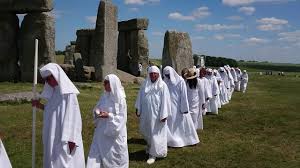
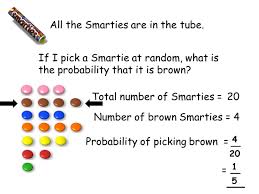
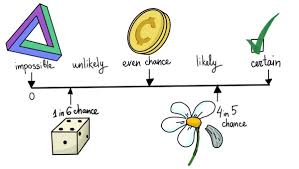


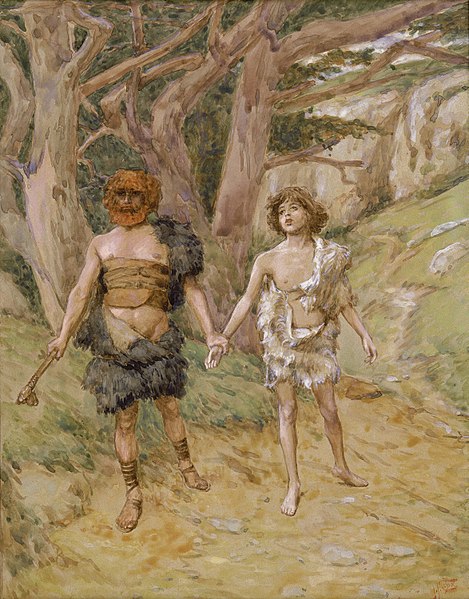
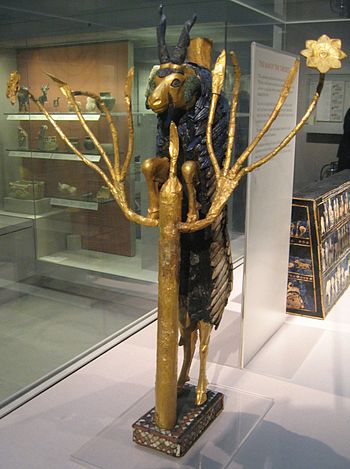
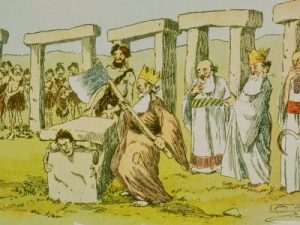


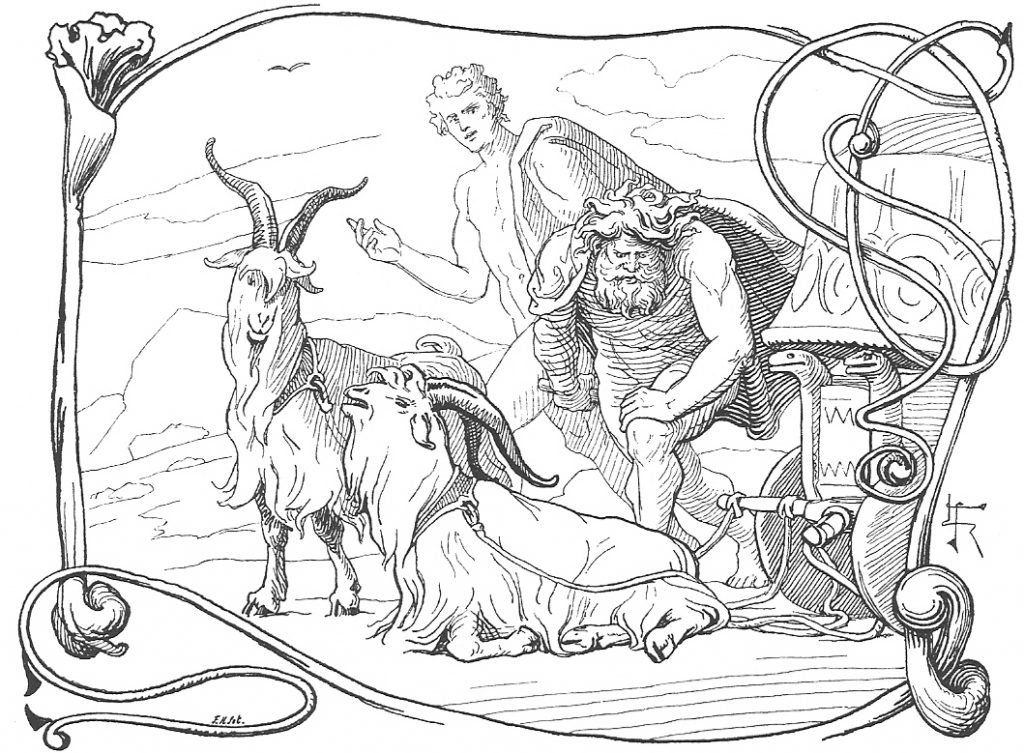
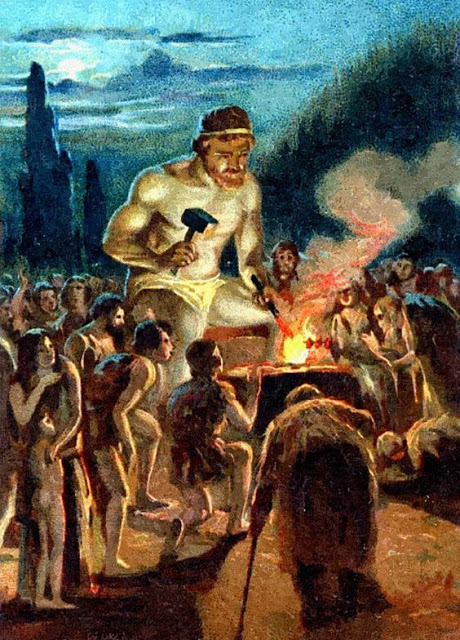
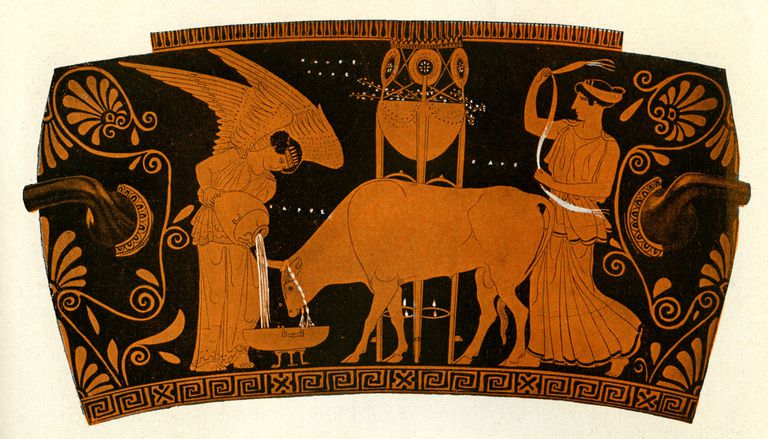
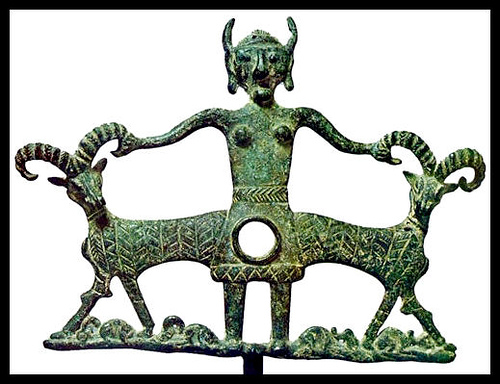
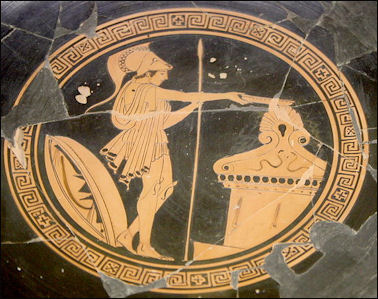
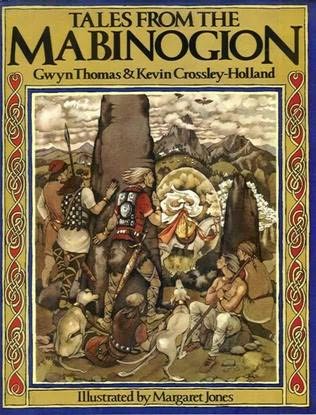

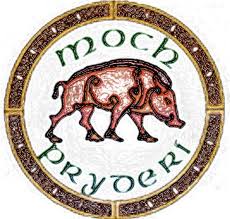
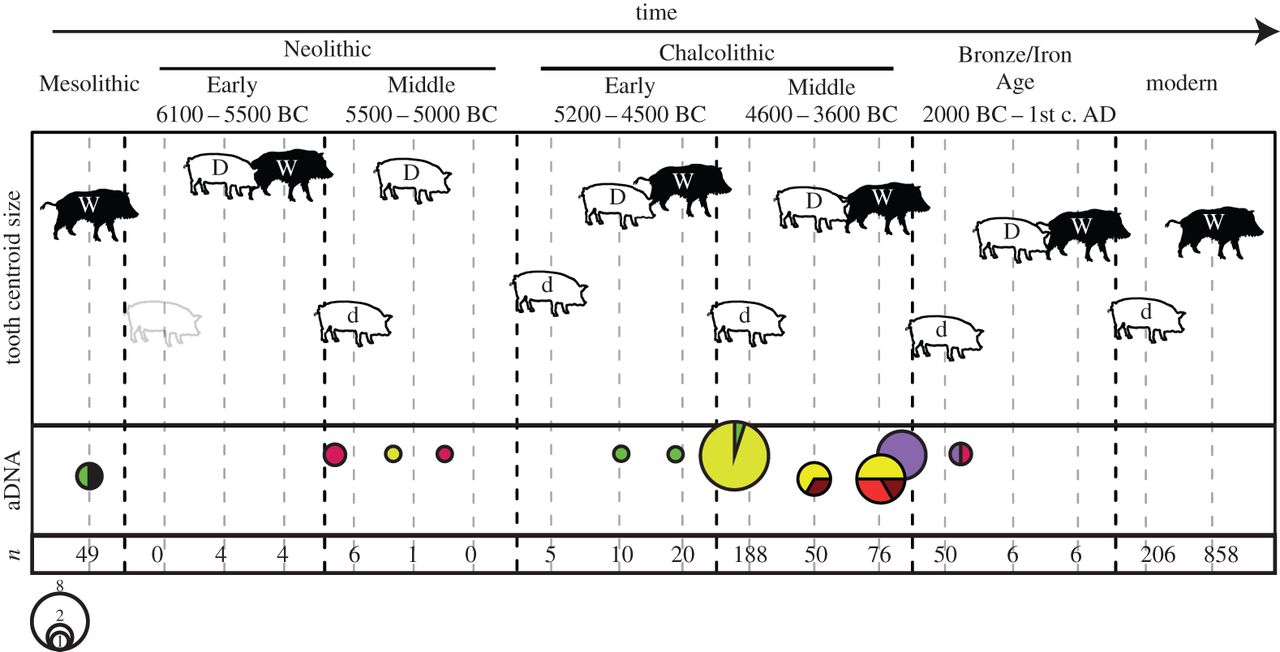
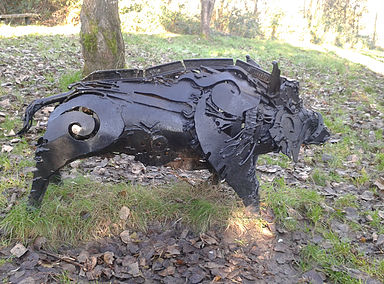

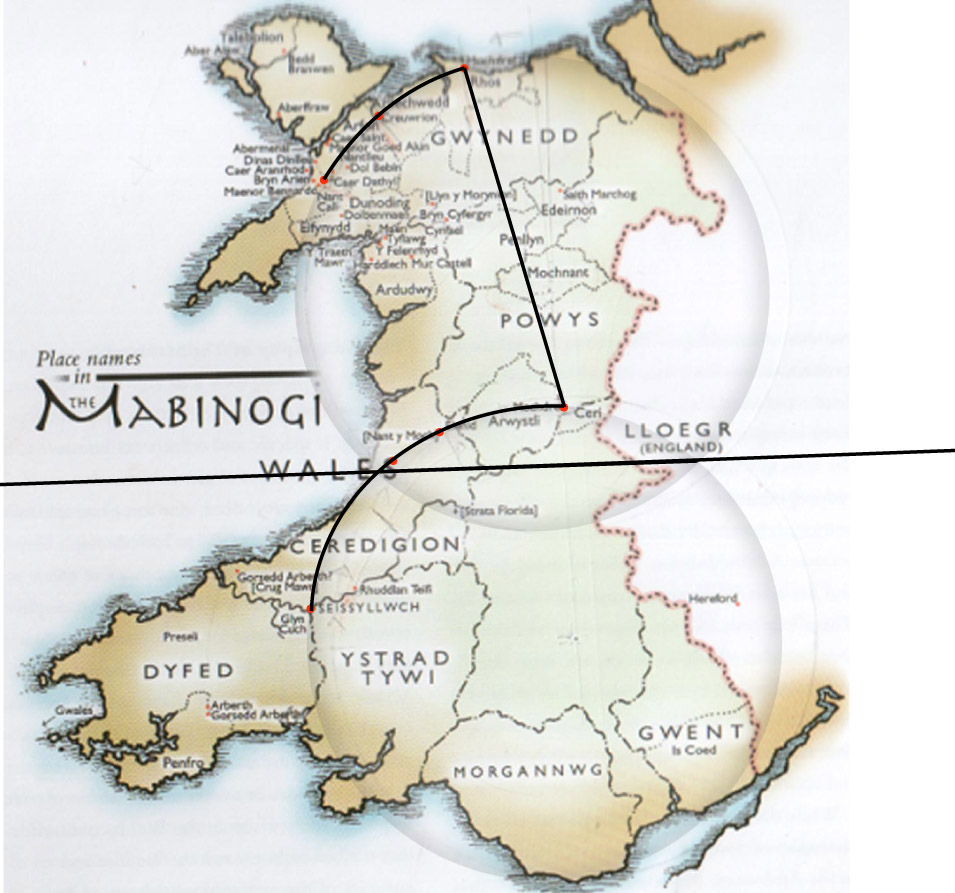
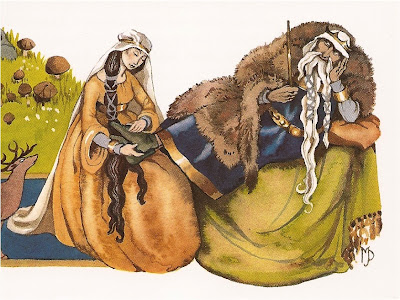
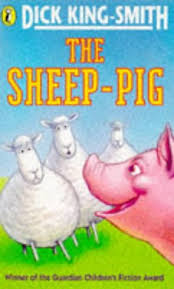
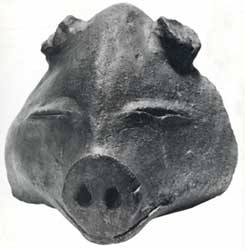
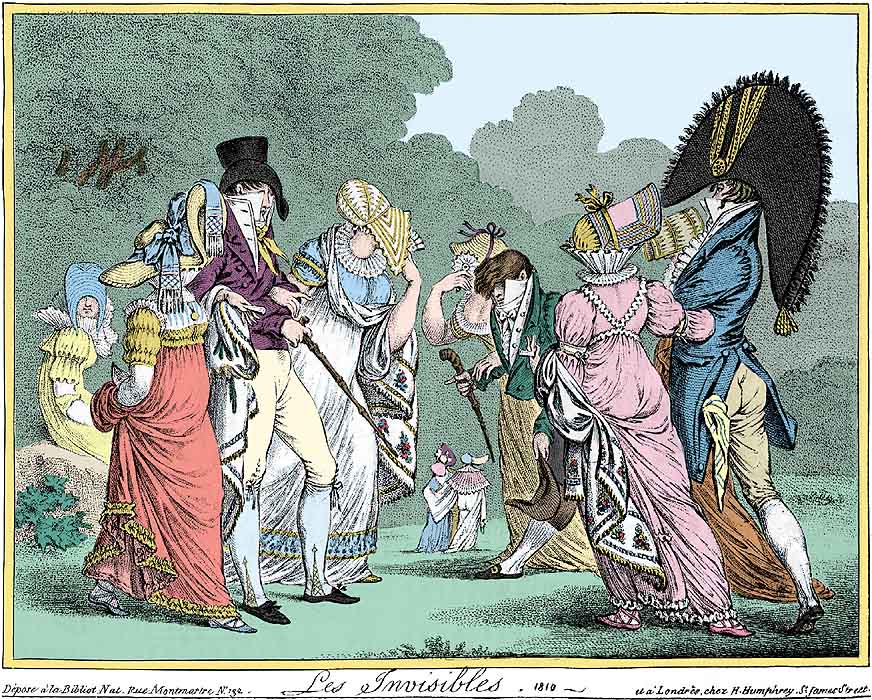
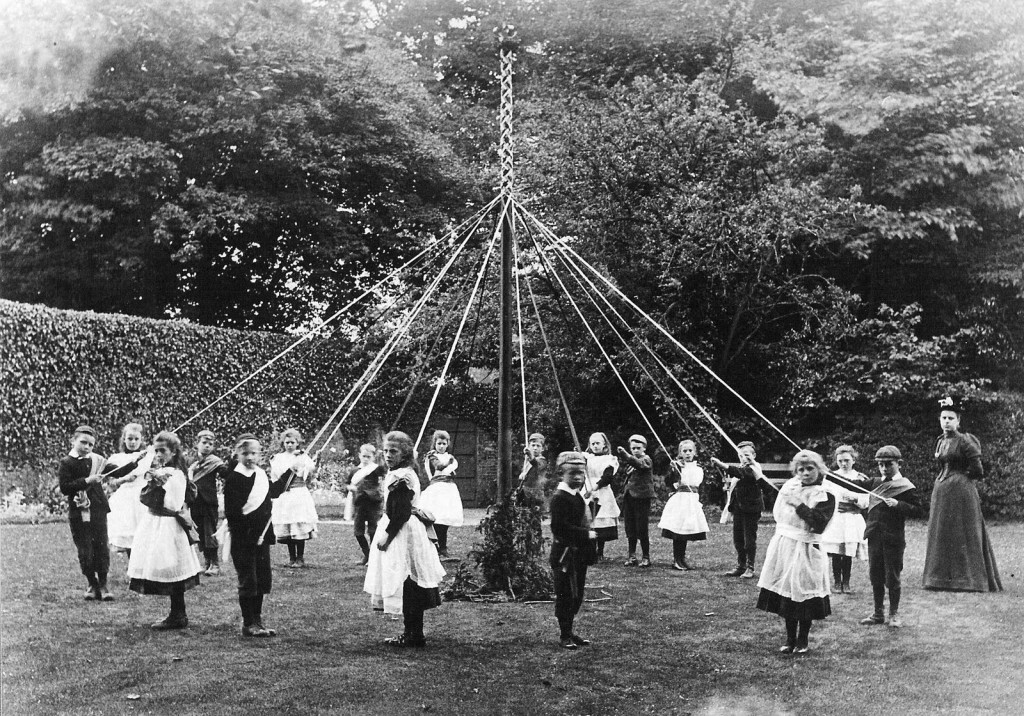
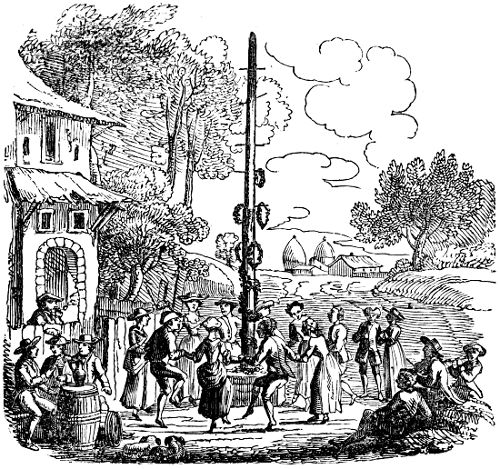
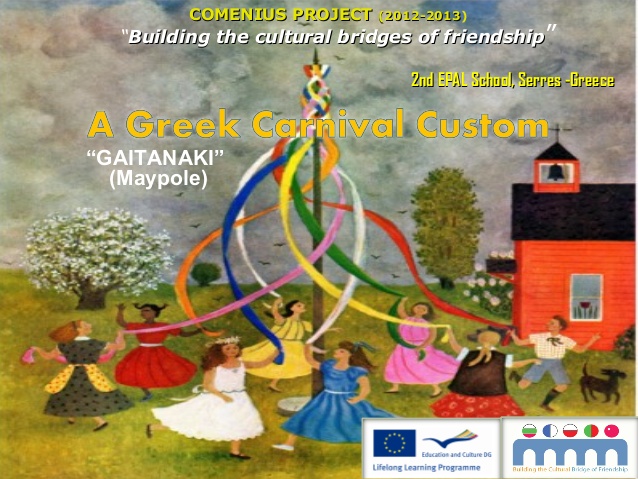
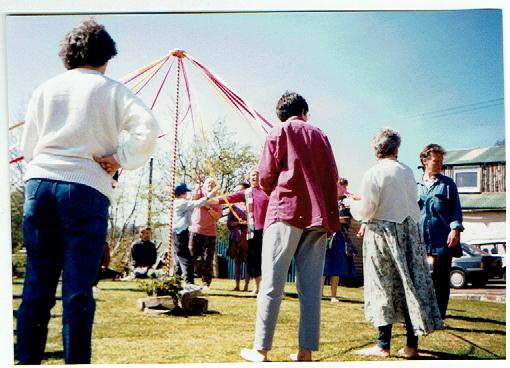
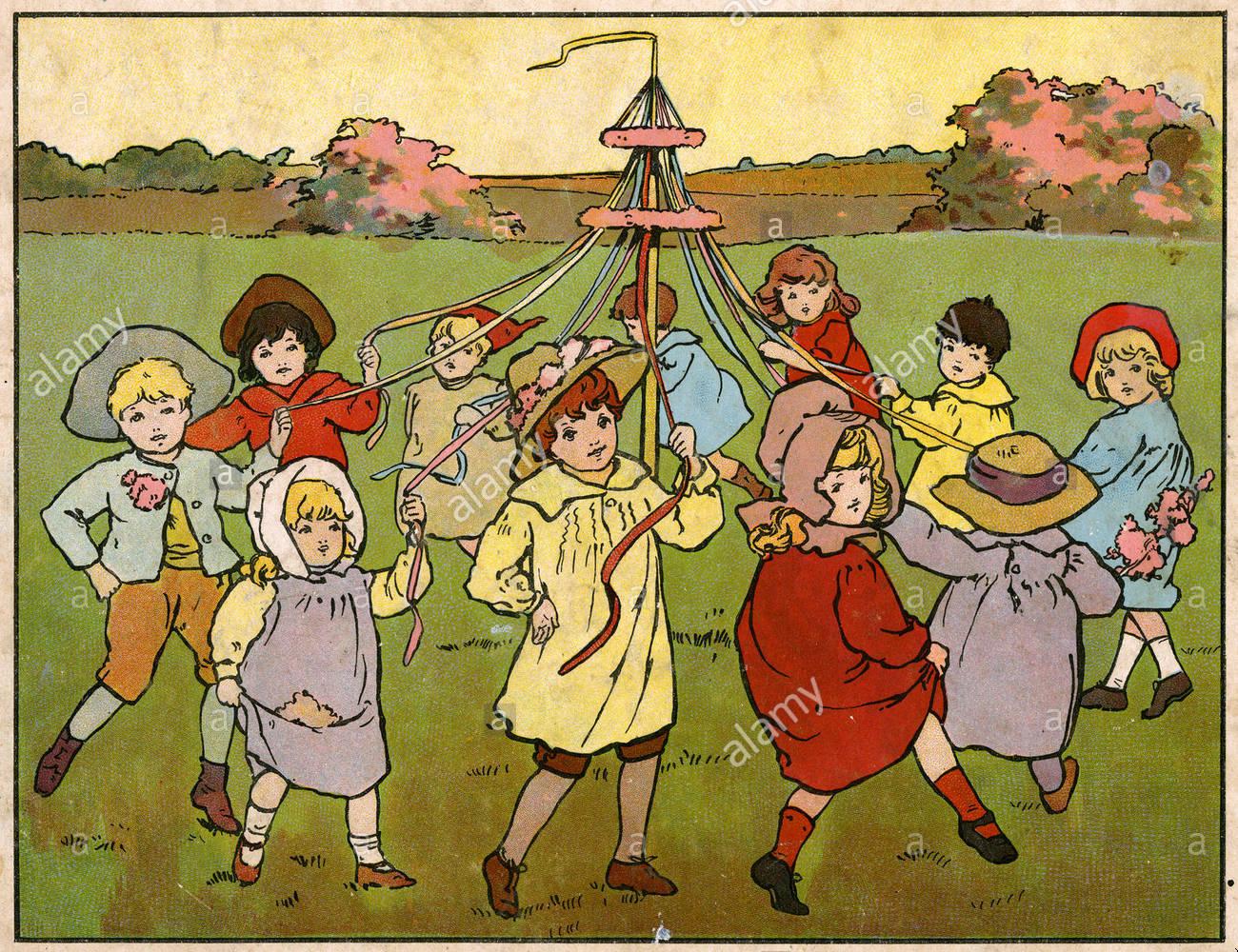
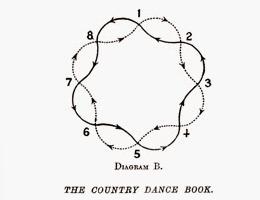

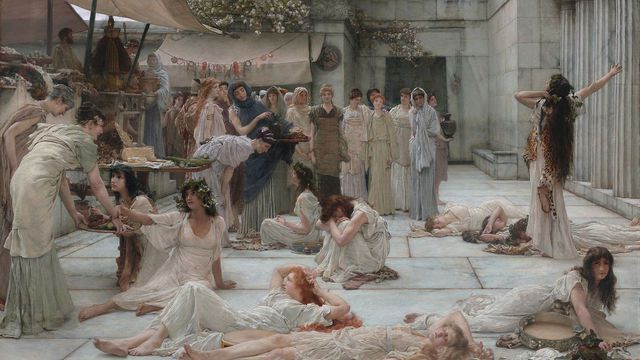



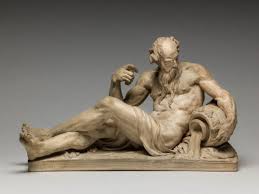
 Monica Sjoo, author of ‘The Great Cosmic Mother’, who lived in Sir Penfro for a number of years, wrote that “St. Non’s Well has trance-inducing powers, and its still waters can act as a scrying mirror. Many a time I have sat there by the well dreaming and meditating”. Monica further linked the Well to a physical power that would be helpful in childbirth. Her
Monica Sjoo, author of ‘The Great Cosmic Mother’, who lived in Sir Penfro for a number of years, wrote that “St. Non’s Well has trance-inducing powers, and its still waters can act as a scrying mirror. Many a time I have sat there by the well dreaming and meditating”. Monica further linked the Well to a physical power that would be helpful in childbirth. Her 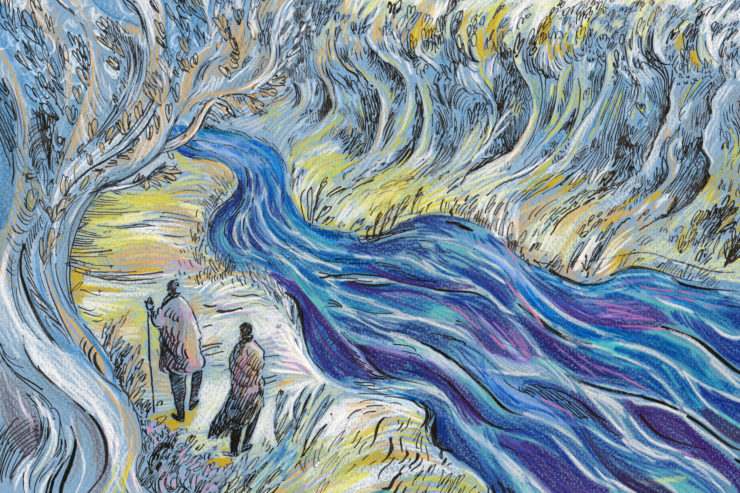
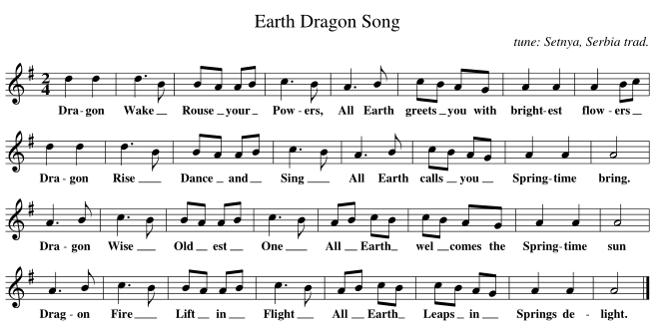




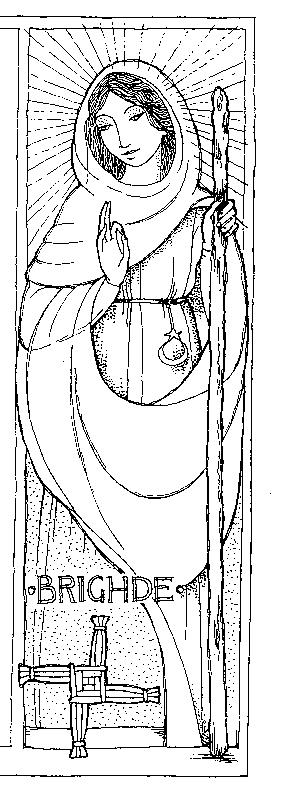
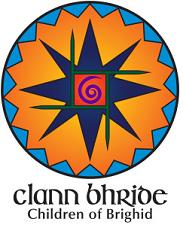
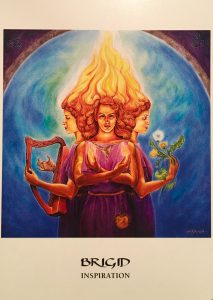
 Olympians, Thor and his hammer, and lots more. As for ‘mythos’, that seems to be a brand of beer! Whether a source uses ‘myth’ or ‘mythology’ is itself an interesting point. I do find that the better writers tend to use the former term, whilst the potboilers and plagiarists use the latter. If one looks in a bookshop or library for ‘mythology’, it’s almost all to be found in the “children’s section”. Victorian academics had the notion that the people in traditional cultures have ‘primitive’ and ‘undeveloped’ minds, supposedly analogous to those of children. Hence myth was and is thought only suitable for children (once stripped of all sex and much of the violence), irrelevant to adults.
Olympians, Thor and his hammer, and lots more. As for ‘mythos’, that seems to be a brand of beer! Whether a source uses ‘myth’ or ‘mythology’ is itself an interesting point. I do find that the better writers tend to use the former term, whilst the potboilers and plagiarists use the latter. If one looks in a bookshop or library for ‘mythology’, it’s almost all to be found in the “children’s section”. Victorian academics had the notion that the people in traditional cultures have ‘primitive’ and ‘undeveloped’ minds, supposedly analogous to those of children. Hence myth was and is thought only suitable for children (once stripped of all sex and much of the violence), irrelevant to adults. 